Knowledge Hub

The Knowledge Hub provides links to resources supporting the measurement of violence against women and has been funded under the Pacific Spotlight Initiative. While starting with a primary focus on Pacific resources and global resources which are applicable for the Pacific region, the Knowledge Hub will continue under the UNFPA kNOwVAWdata initiative to support global knowledge exchange and a strong community of practice. The strength of this Knowledge Hub is the opportunity to share resources and support all regions of the globe.
If you would like to share links to be added to the Knowledge Hub, please send them to knowvaw-program@unimelb.edu.au.
Patterns of Womenʼs exposure to psychological violence: A global examination of low- and middle-income countries
Under Sustainable Development Goal 5, prevalence of intimate partner violence (IPV) is a globally reportable indicator. There is a lack of consensus on how to measure and report psychological IPV, affecting prevalence estimates and cross-country comparability. We examine similarities and differences in the patterning of women's experiences of psychological abuse in low- and middle-income countries (LMICs) to inform common cut points.
A scoping review of measurement of violence against women and disability
A scoping review with a focus on measurement to assess the forms of measurement and study design utilized to explore the intersection of violence against women with disabilities, and to identify strengths and limitations in current approaches to measuring violence against women with disabilities. This scoping review is designed to inform current debates and discussions regarding how to generate evidence concerning violence against women with disabilities.
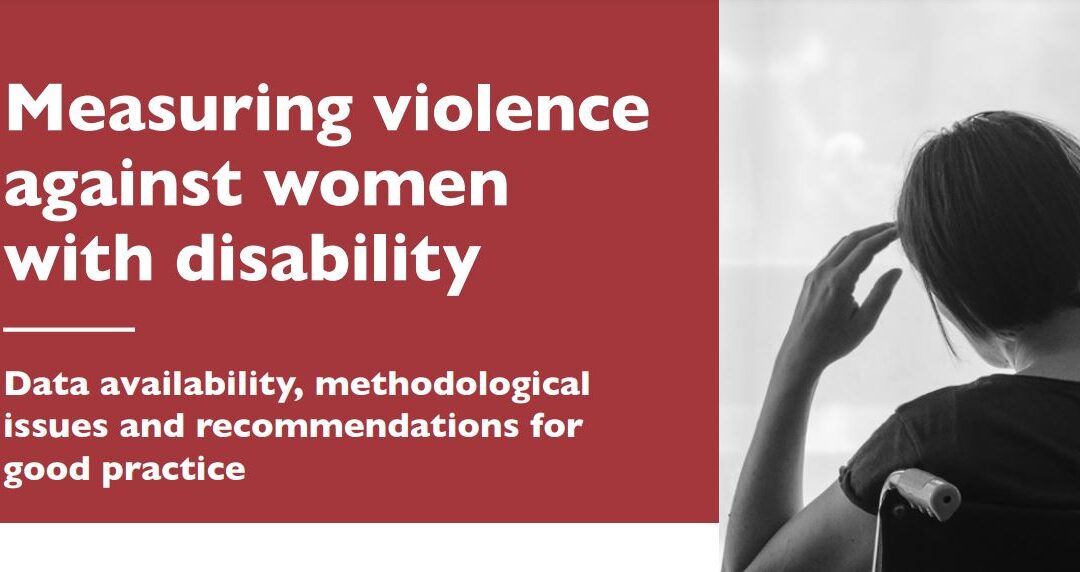
Measuring violence against women with disability: Data availability, methodological issues and recommendations for good practice
This briefing note, which focuses on the measurement of violence against women with disability, is one in a series of methodological briefing notes for strengthening the measurement and data collection of violence against particular groups of women or specific aspects of violence against women.
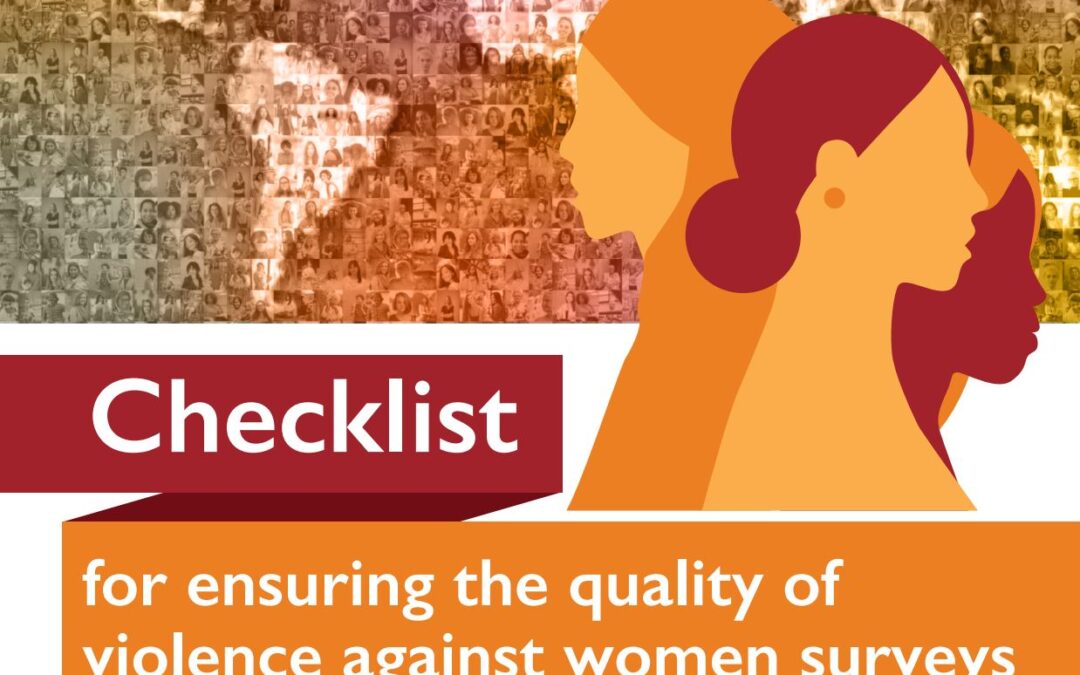
Checklist for ensuring the quality of violence against women surveys
This checklist is designed to help national statistics offices and other national research and data institutions and research teams to think through the steps needed to produce high-quality survey data on intimate partner violence — from the planning stages through to analysis, report write-up and dissemination of accurately interpreted findings. This checklist addresses the specificities of measuring the prevalence of intimate partner violence — one of the most common forms of violence women...
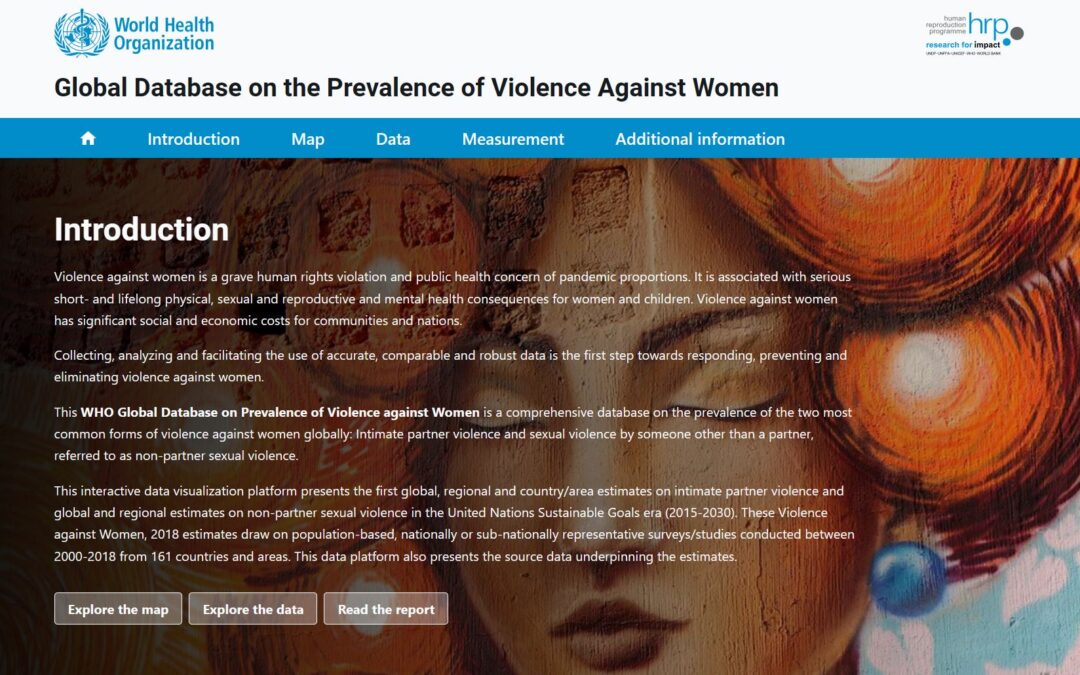
Global Database on the Prevalence of Violence Against Women
This WHO Global Database on Prevalence of Violence against Women is a comprehensive database on the prevalence of the two most common forms of violence against women globally: Intimate partner violence and sexual violence by someone other than a partner, referred to as non-partner sexual violence. This interactive data visualization platform presents the first global, regional and country/area estimates on intimate partner violence and global and regional estimates on non-partner sexual...
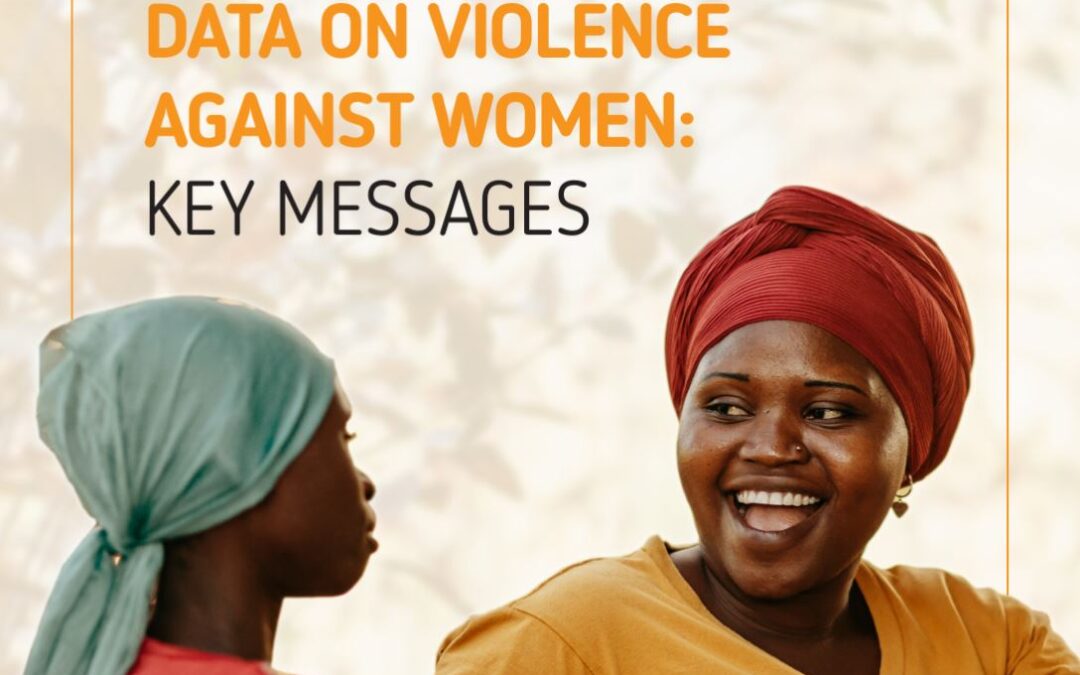
Data on Violence Against Women: Key Messages
This is an overview of key concepts on violence against women data that can be applied globally. It is intended to serve as a complementary resource to a longer technical report entitled "A Guide to Better Understanding and Using Violence Against Women Prevalence Data."
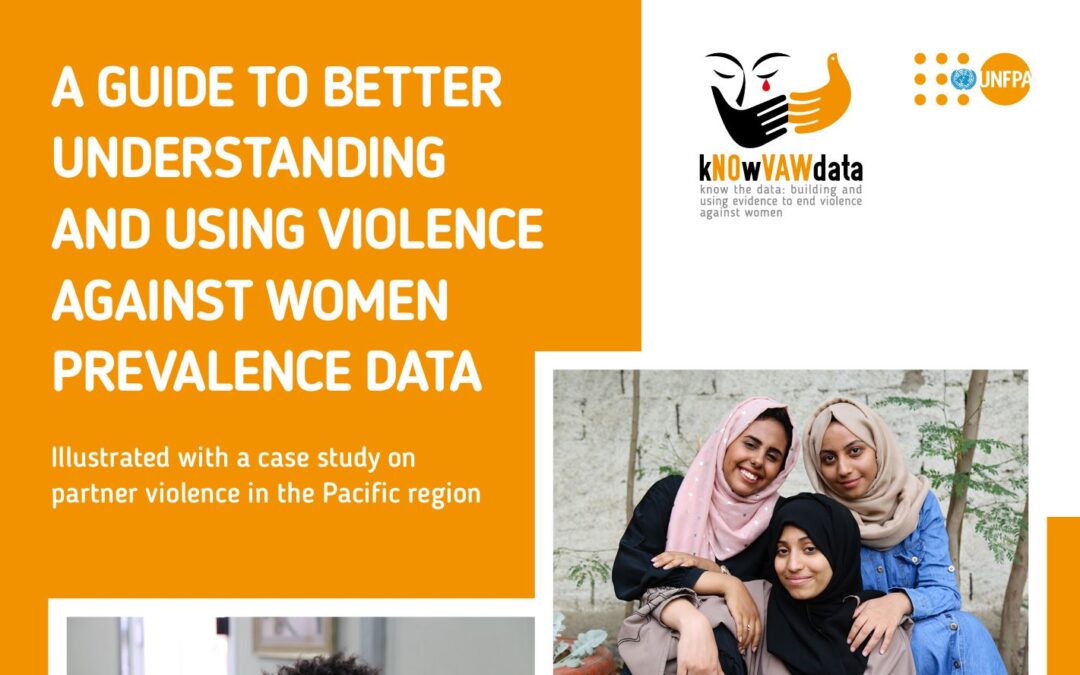
A Guide to Better Understanding and Using Violence Against Women Prevalence Data
Guidelines in this publication provide concepts and principles for the process of interpreting, understanding and using violence against women prevalence data that can be applied globally. A case study with survey data from eleven Pacific island countries is used to illustrate how VAW prevalence data can be analysed and compared to reveal interesting and nuanced patterns in violent behaviour and its drivers of violence.
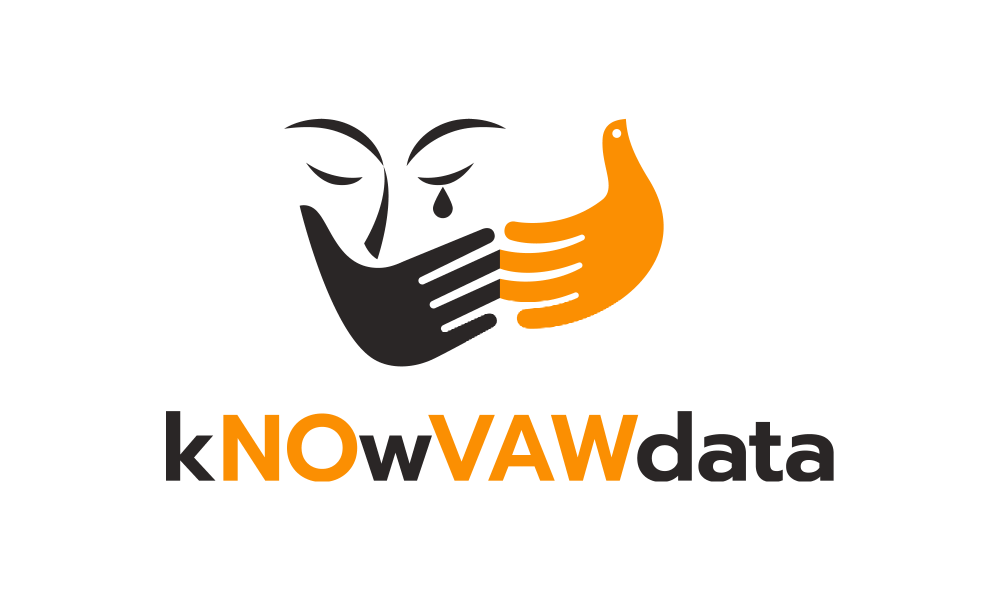
Measuring the Prevalence of Violence against Women with Disabilities
kNOwVAWdata, DFAT and UNFPA, together with the University of Melbourne, brought together national, regional and global experts to discuss what approaches should be taken to ensure that women with disabilities are better represented in national prevalence studies on violence against women.

Gender and IoT (G-IoT) Tech Abuse Guide
How internet-connected devices can affect victims of gender-based domestic and sexual violence and abuse
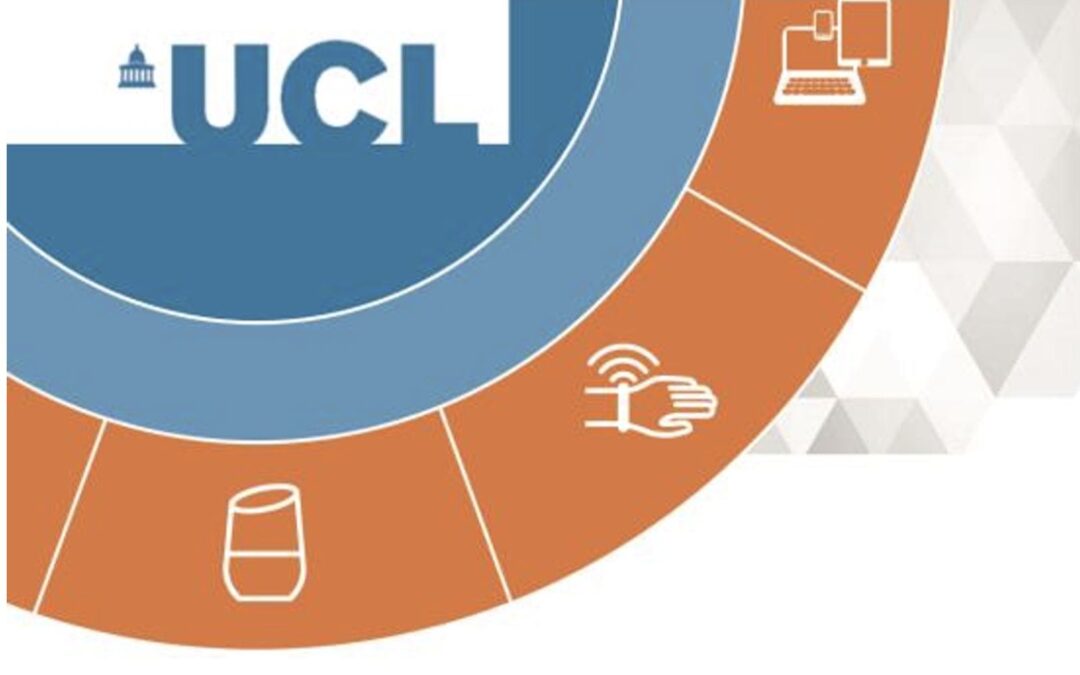
Gender and IoT (G-IoT) Resource List
This resource list is intended as supplementary material to better inform and guide victims and survivors of technology-facilitated abuse as well as those working with them.

Indicators on Violence Against Women: kNOwVAWdata’s overview of the Sustainable Development Goal indicators on violence against women
kNOwVAWdata's overview of the Sustainable Development Goal indicators on violence against women
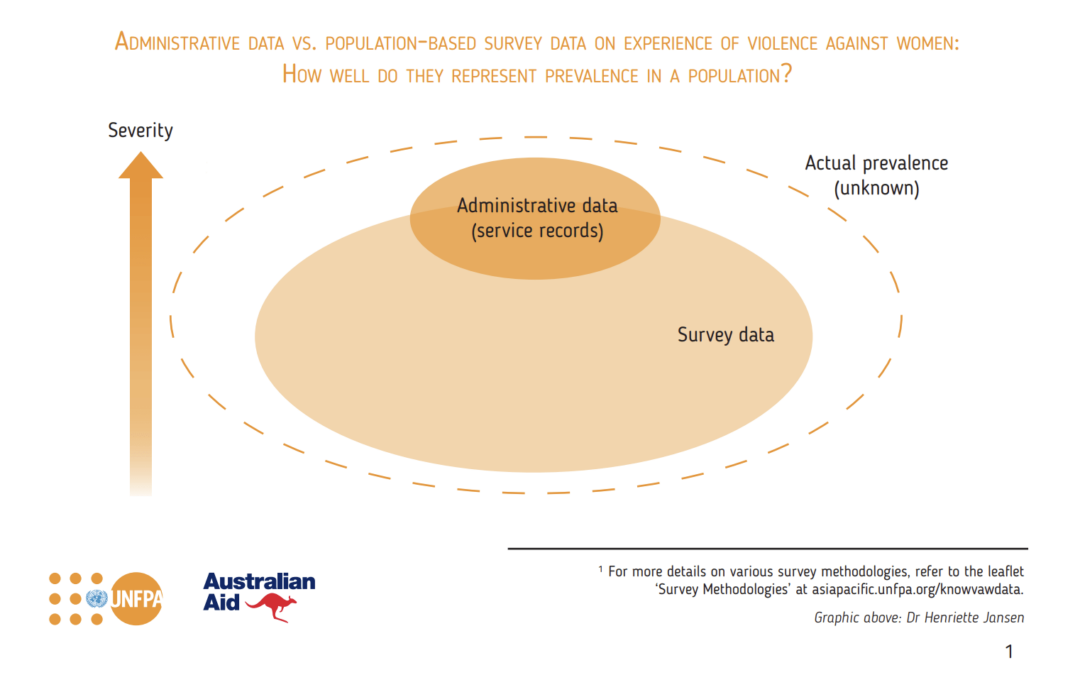
Sources of Violence Against Women Data – kNOwVAWdata
As this leaflet sets out to show, administrative data, while having their utility as a source of information on violence against women, cannot provide an estimate of the prevalence of violence against women taking place within a population.
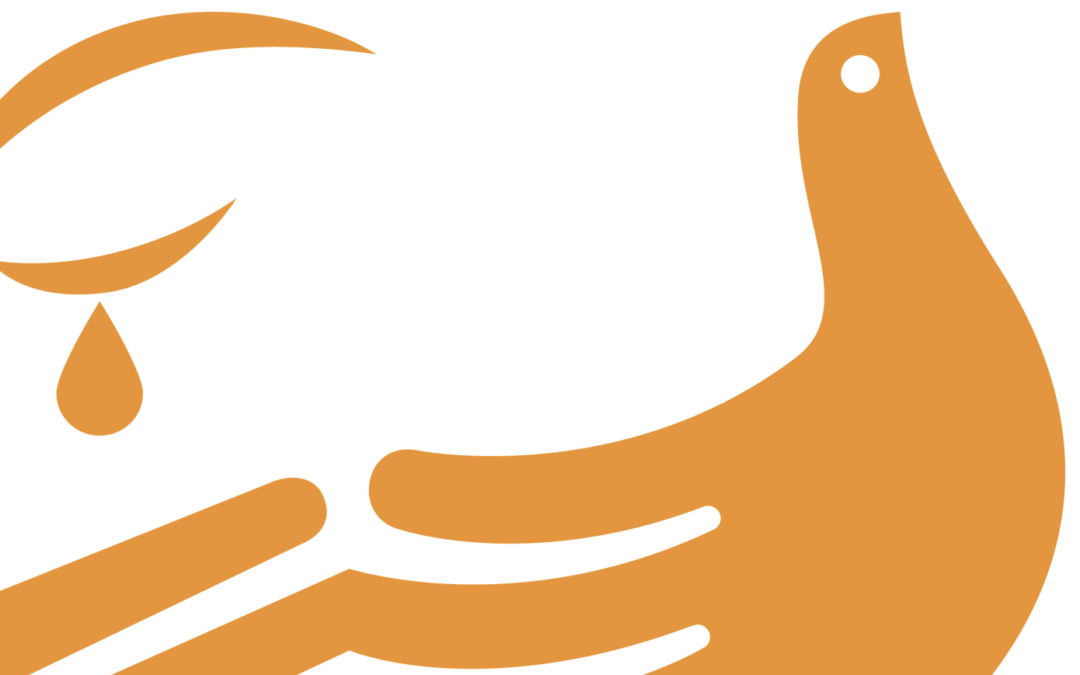
Violence Against Women Key Terminology: kNOwVAWdata’s explanation of commonly used terminology related to violence against women
kNOwVAWdata's explanation of commonly used terminology related to violence against women

Measuring the Prevalence of Violence Against Women Survey Methodologies – kNOwVAWdata Survey Methodologies
Surveys are the only way to collect data on the prevalence of violence against women (VAW) and thus to get an estimate of the magnitude of the problem in the population. There are two major approaches to collecting population-based data on violence against women using surveys; dedicated surveys or a set of questions/modules added to a large-scale survey.

Six golden principles for interviewing women who may have experienced violence – kNOwVAWdata
Collecting quality and reliable data on violence against women through special surveys is crucial if we want to understand and end the scourge. Drawing on years of international experience, our UNFPA Asia-Pacific technical advisor on violence against women, Dr. Henriette Jansen, shares six golden principles for interviewing women who may have experienced violence.

Population Data Portal – Towards Zero gender-based violence and harmful practices
UNFPA’s ultimate data source and tracker for population and development data. It combines the newest population data on topics like sexual and reproductive health and reproductive rights, family planning, maternal health, or gender based violence gathered from a multiple sources.
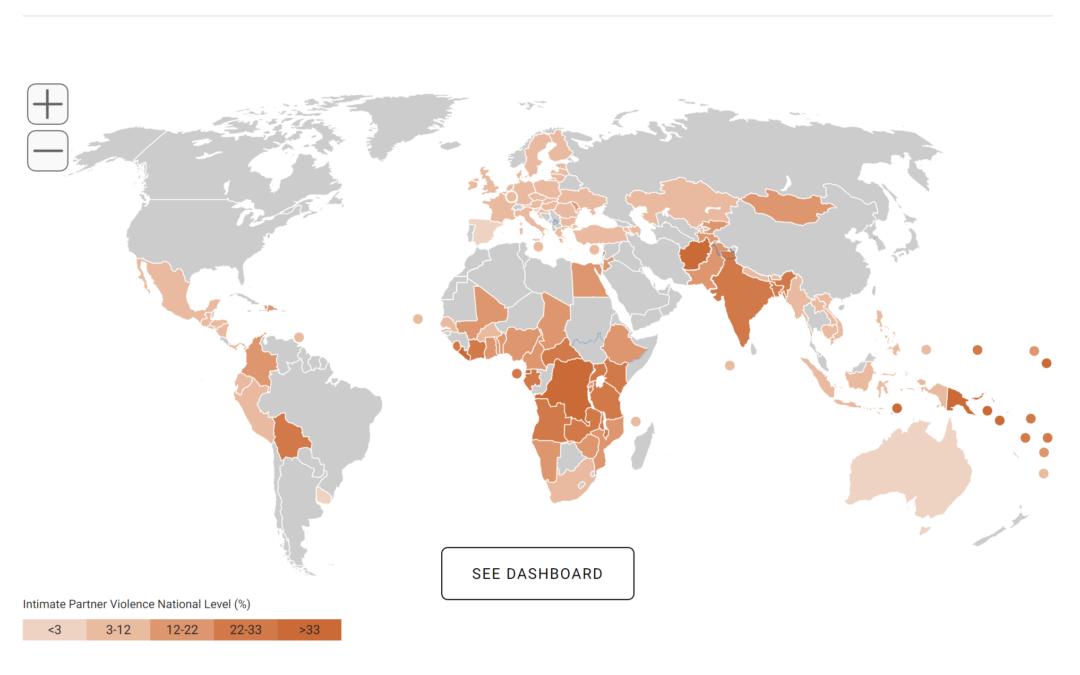
Geospatial Dashboard
UNFPA's first geospatial dashboard on IPV features national data for 119 countries, sub-national data, and disaggregated data on IPV by age, place of residence, employment, education, and household wealth.
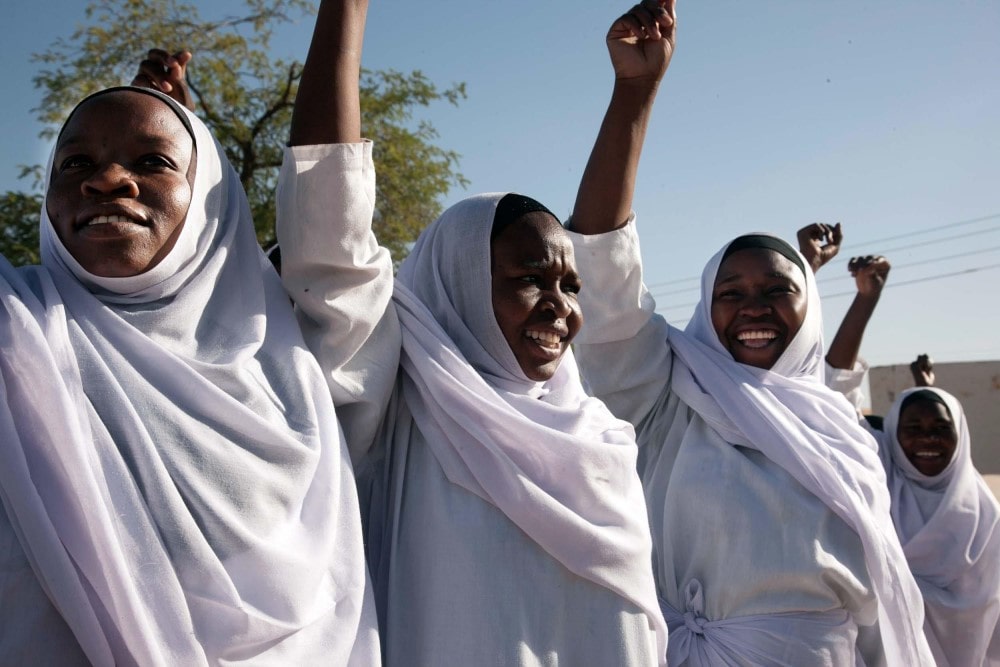
A focus on violence
The shadow pandemic: Violence against women and girls and COVID-19. Data on violence against women during the COVID-19 pandemic
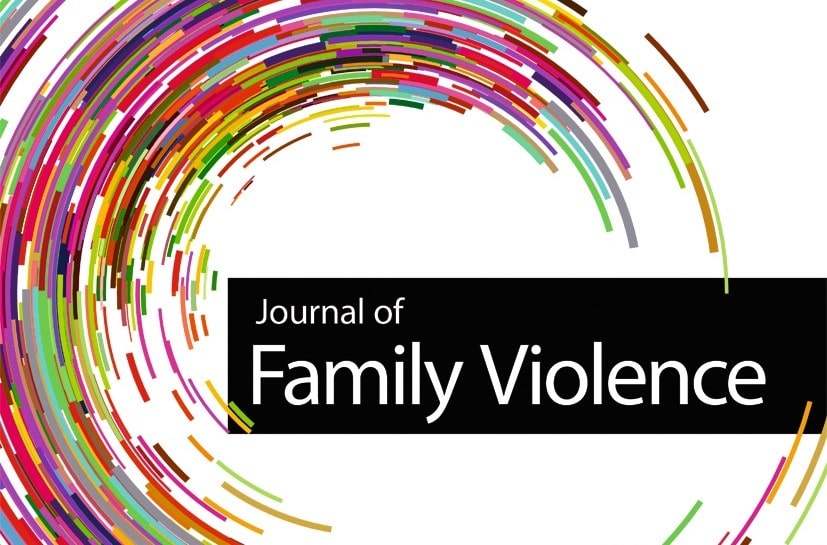
Intersectionality and Invisible Victims: Reflections on Data Challenges and Vicarious Trauma in Femicide, Family and Intimate Partner Homicide Research
This article draws upon the experiences of four researchers in the field of femicide, family and intimate partner homicide - and offers insights into processes, impacts and unintended consequences of fatality reviews and research initiatives

Ending Violence Against Women
Summary of good practices provided in the programming to address Violence Against Women
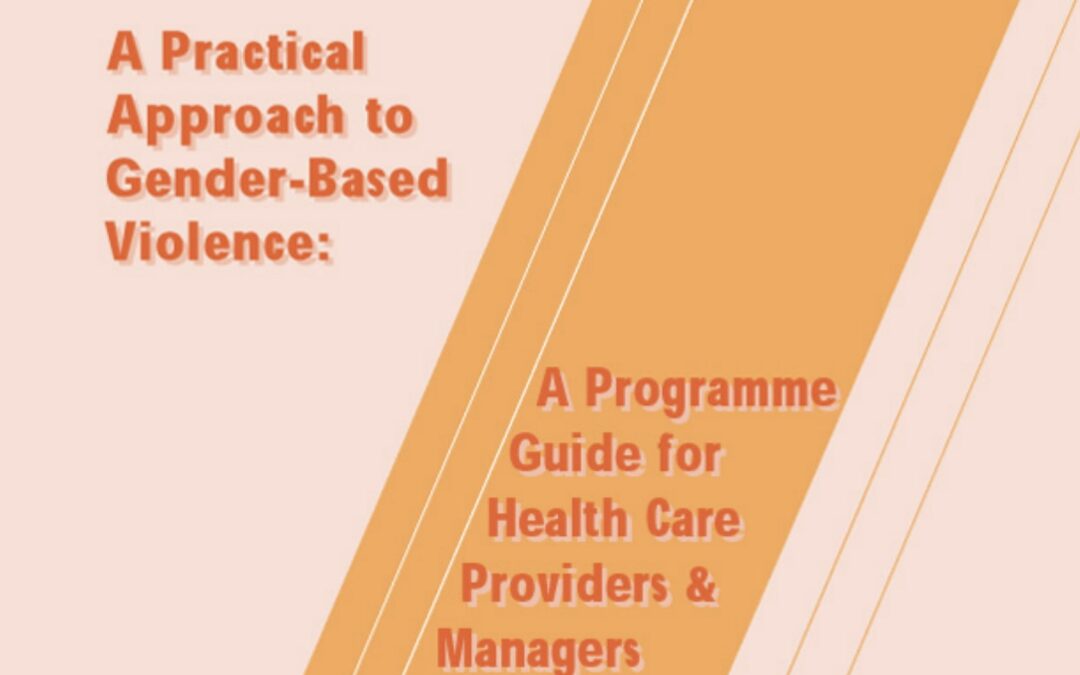
A Practical Approach to Gender-Based Violence: A Programme Guide for Health Care Providers & Managers
Publication that is targeted primarily at health service providers, however is for anyone who wants to undertake a gender-based violence project in any part of the world
